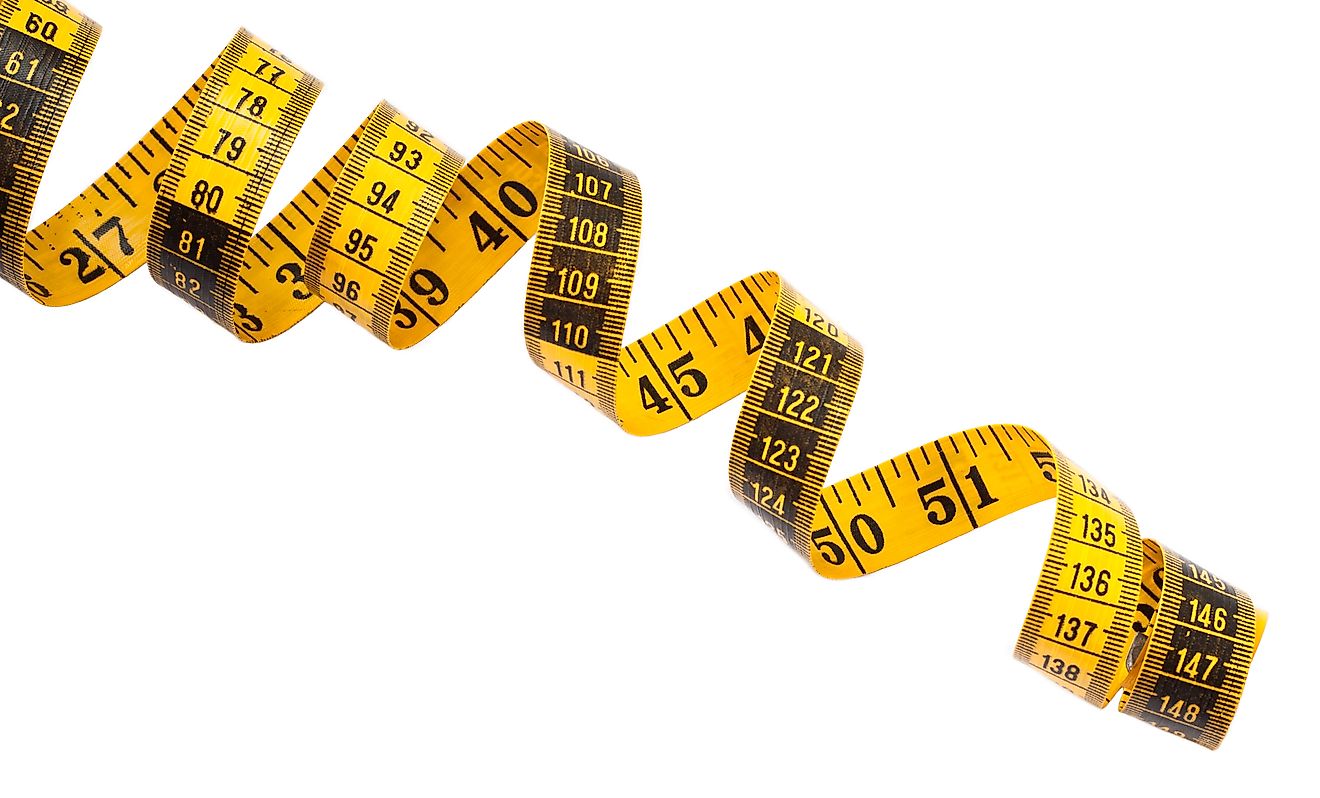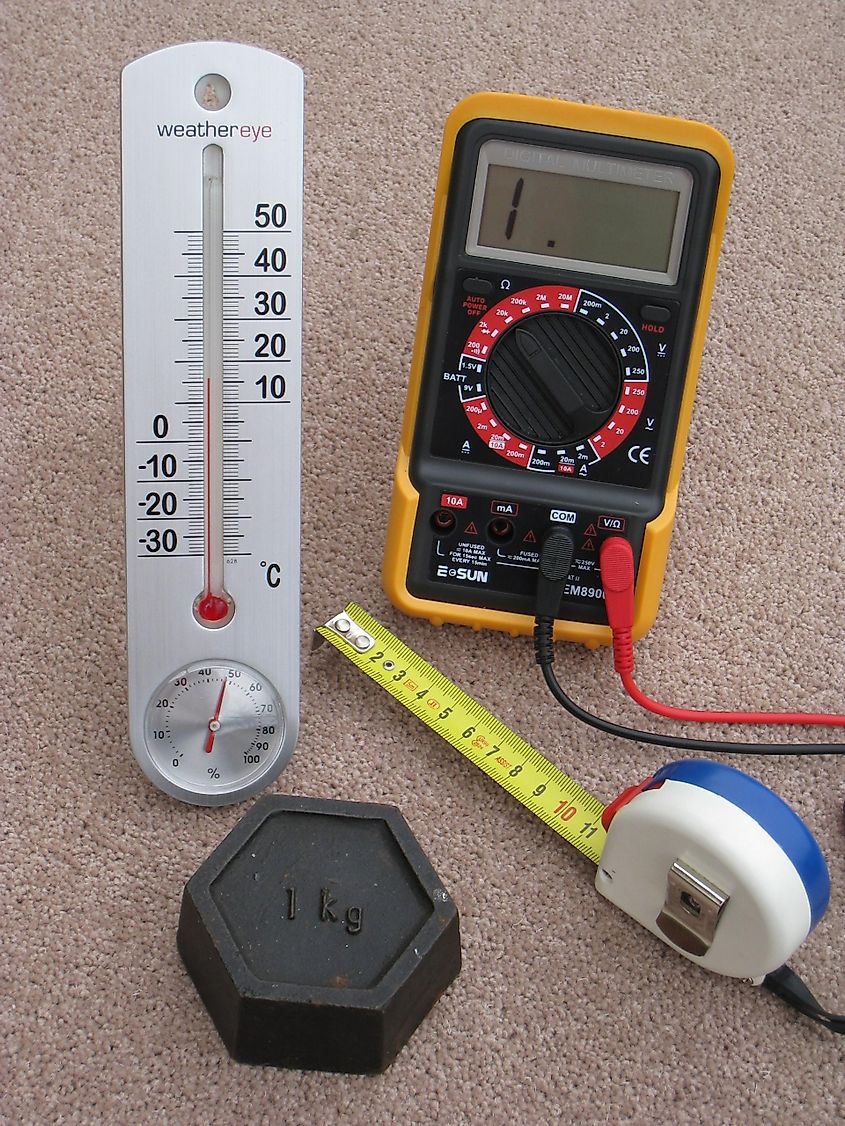Countries That Don't Actually Use The Metric System

- The modern term for the metric system is the International System of Units
- The United States still relies partially on the U.S. Customary System, which uses inches and pounds.
- After the U.S. first became a country, the Constitution gave Congress the power to “fix the Standard of Weights and Measures.
- In 1890, U.S. officials established that fundamental standards for mass and length follow metric units.
There are 195 sovereign countries on Planet Earth that are recognized by The United Nations. That is a large number, and one thing that almost all have in common is how they measure things. Yet out of all these countries, only three do not use the metric system.
The United States is one of them. The other two countries not using the metric system are Burma (Myanmar) and Liberia, and the Deputy Minister for Commerce for Burma reported that they plan to officially adopt the system.
What Is The Metric System?

The modern term for the metric system is the International System of Units, and although the U.S., Burma, and Liberia do not really use it, all countries have either legally sanctioned it or adopted it. Encyclopedia Britannica defines the metric system as the “international decimal system of weights and measures, based on the metre (meter) for length and the kilogram for mass.” It was first adopted in 1795 in France.
The United States still relies partially on the U.S. Customary System, which uses inches and pounds. This system has more than 300 different units to measure physical quantities, like tons, ounces, gallons, and bushels.
A Bit of Confusion
According to some analysts, measuring and weighing is unorganized and problematic in the States. Here are some examples:
- Air pressure: This is recorded in different ways, including millibars for air pressure aloft, pounds per square inch for tire pressure, and inches for mercury in surface atmospheric pressure.
- Mechanics: Motor vehicle engine power is shown by foot-pounds per second (horsepower), but engine displacement is measured in liters.
- Sports: Footraces are measured by meters, yet football fields use yardage.
History of the Metric System in the U.S

After the U.S. first became a country, the Constitution gave Congress the power to “fix the Standard of Weights and Measures." In 1790, Thomas Jefferson did not want to adopt a decimal-based metric system because it would involve sending a delegation to France. Ongoing hostilities between the countries further halted the United States’ adoption of the metric system. After the U.S. Civil War, U.S. delegates traveled to France and along with other nations, signed the Treaty of the Meter. This established the International Bureau of Weights and Measures and a central location near Paris to house international metric standards.
In 1890, U.S. officials established that fundamental standards for mass and length follow metric units. Basically, this means that the country legally and officially recognized the metric system 145 years ago. However, this did not lead to its widespread adoption here. Although certain political leaders and scientists advocated for it, the change was not made.
The Metric Conversion Act(s)
Eighty-five years later (1975), the world had changed, and global trade was much more prominent. President Gerald Ford signed the Metric Conversion Act, a new law that made the metric system the “preferred” system for weights and measures. However, its use was purely voluntary. The Act specified a 10-year deadline for compliance. A small number of companies participated, and schoolchildren were taught the system.
This push for metrication lost steam, and the changeover was not made. The 1988 Metric Conversion Act required that federal agencies use the metric system for business-related activities such as grants and procurements by 1992’s year end. Compliance was still voluntary for private industry, and overall progress has been slow. Why is this?
Resistance To Change
Americans are known to resist change, especially when that is initiated by foreign governments. They also have a reputation for individualism, which leads to a desire to do things differently. Another factor is the cost of changing over to the metric system. It would involve converting software, technical drawings, operations manuals, and countless other things that are measured by the U.S. Customary System.
If Congress did switch gears and make the transition mandatory in the 50 states, it could pave the way for a conversion to the metric system. As long as it remains voluntary, the U.S. could encounter issues with staying competitive with other economic powers like India and China.











